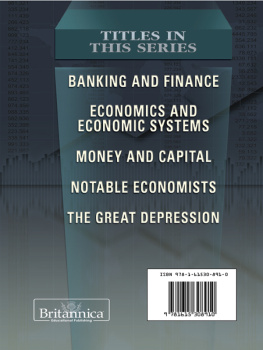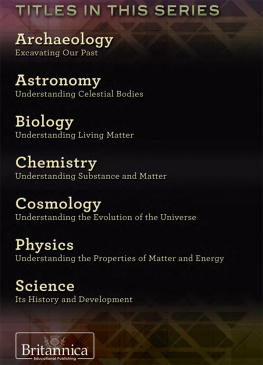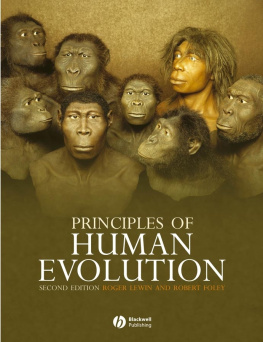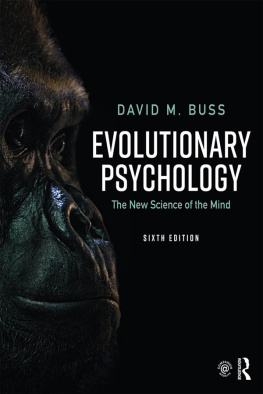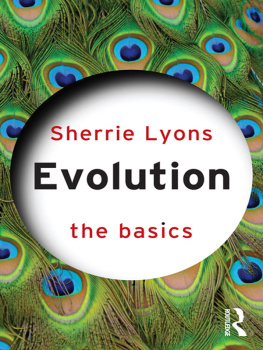NEW THINKING ABOUT
EVOLUTION
21ST CENTURY SCIENCE
NEW THINKING ABOUT
EVOLUTION
EDITED BY JOHN P. RAFFERTY, ASSOCIATE EDITOR, EARTH SCIENCES

Published in 2011 by Britannica Educational Publishing
(a trademark of Encyclopdia Britannica, Inc.)
in association with Rosen Educational Services, LLC
29 East 21st Street, New York, NY 10010.
Copyright 2011 Encyclopdia Britannica, Inc. Britannica, Encyclopdia Britannica, and the Thistle logo are registered trademarks of Encyclopdia Britannica, Inc. All rights reserved.
Rosen Educational Services materials copyright 2011 Rosen Educational Services, LLC.
All rights reserved.
Distributed exclusively by Rosen Educational Services.
For a listing of additional Britannica Educational Publishing titles, call toll free (800) 237-9932.
First Edition
Britannica Educational Publishing
Michael I. Levy: Executive Editor
J.E. Luebering: Senior Manager
Marilyn L. Barton: Senior Coordinator, Production Control
Steven Bosco: Director, Editorial Technologies
Lisa S. Braucher: Senior Producer and Data Editor
Yvette Charboneau: Senior Copy Editor
Kathy Nakamura: Manager, Media Acquisition
John P. Rafferty: Associate Editor, Earth Sciences
Rosen Educational Services
Nicholas Croce: Editor
Nelson S: Art Director
Cindy Reiman: Photography Manager
Matthew Cauli: Designer, Cover Design
Introduction by Daniel R. Faust
Library of Congress Cataloging-in-Publication Data
New thinking about evolution / edited by John P. Rafferty. 1st ed.
p. cm.(21st century science)
In association with Britannica Educational Publishing, Rosen Educational Services.
Includes bibliographical references and index.
ISBN 978-1-61530-170-6 (eBook)
1. Evolution (Biology) I. Rafferty, John P.
QH366.2.N483 2011
576.8dc22
2010000848
On the cover: Shown is the rare fossililized find of the skull of a hominid child known as Australopithecus afarensis. Vilem Bischof/AFP/Getty Images.
On page : The 47-million-year-old fossilized remains of Ida, the most complete fossil primate ever discovered. Mario Tama/Getty Images.
Pages www.istockphoto.com/Mads Abildgaard (DNA); www.istockphoto.com/Chris Alcantara (figures).
CONTENTS













INTRODUCTION

I n 2009, while the world celebrated the 200th anniversary of Charles Darwins birth, scientists announced the discovery of the oldest fossilized skeleton of an ancestral human. The significance of the timing should be clear. Darwin, the 19th-century English naturalist and author of On the Origin of the Species, argued for the theory of evolution, going so far as to provide an accurate but incomplete scientific explanation for the process. And, it was the work of Darwin and those who came after him that formed the foundation for the modern theories of evolution. Earlier scientists, such as Swedish naturalist Carolus Linnaeus, had theorized that humans and great apes were related, basing this assumption on similarities in morphology and anatomy; however, after Darwin published his theories, the scientific community began searching for a direct missing link between apes and humans.
Throughout history, human cultures have tried to develop explanations for the creation of the world and the diversity of plants and animals, including humans, that populate it. The ancient Greeks, for example, proposed that animals could be transformed from one species into another, or created as an amalgamation of parts from different animals, while traditional Judaic and Christian teachings attributed the origins of the various species of plants and animals to a single, omnipotent God. By the Middle Ages, some intellectuals theorized that organisms could change over time through natural processes; however, this school of thought was not widely accepted until much later.
It was during the Enlightenment of the 18th century that ideas of change and progress began to take hold. While philosophers theorized about the progress of the human mind and spirit, naturalists turned their attention to the progress of the human body. Several years before Charles Darwin was even born, intellectuals had started to advance the notion that organisms could become adapted to their environments through the modification or eradication of organs or biological structures. The French naturalist Jean-Baptiste Lamarck championed this theory of the inheritance of acquired characteristics (also known as Lamarckism). And, while this concept was disproved by the 20th century, Lamarcks ideas did lead to the gradual acceptance of the theories of biological evolution, as well as spurring on future investigation.
By Darwins time, it was understood that the world operated according to a set of natural laws. The work of individuals like Copernicus, Galileo, and Newton established that the universe was governed by the laws of science. Darwin would apply similar laws to the natural world as well. During his five-year voyage aboard the HMS Beagle, Darwin would accumulate evidence to prove that evolution had occurred, that different organisms share a common ancestor, and that organisms change over time. To account for this third assertionthat organisms change over timeDarwin proposed the concept of natural selection. Natural selection, according to Darwin, is the process that aids in adaptation, preserving favourable variations and rejecting injurious variations.
The ramifications of Darwins ideas became clear. In fact, it was Darwin himself who stated that his theories of natural selection would be a light thrown on the origin of man and his history. The traditional belief that humans were the creation of a divine intelligence had to be reevaluated. If, as Darwins theory of natural selection suggests, the organisms we see every day have changedor evolvedover time, is the same true of humans? Did modern humans emerge from a lesser-developed species? What did our earliest ancestors look like? Since the similarities between humans and apes had already been recognized, could these two groups share a common ancestor? The hunt was on for the missing link.
Next page








